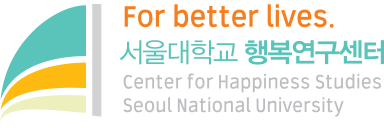DISORIENTED1–3 rats and non-human primates reorient themselves using geometrical features of the environment2,4–6. In rats tested in environments with distinctive geometry, this ability is impervious to non-geometric information (such as colours and odours) mark-ing important locations and used in other spatial tasks7. Here we show that adults use both geometric and non-geometric information to reorient themselves, whereas young children, like mature rats, use only geometric information. These findings provide evi-dence that: (1) humans reorient in accord with the shape of the environment; (2) the young child’s reorientation system is impervious to all but geometric information8, even when non-geometric information is available and is represented by the child-such information should improve performance and is used in similar tasks by the oriented child; and (3) the limits of this process are overcome during human development.
Hermer, L., &Spelke, E. S. (1994). A geometric process for spatial reorientation in young children. Nature, 370(6484), 57.
https://doi.org/10.1038/370057a0




![[연구참여자 모집/사례 지급] 자유연상 패턴과 심리적 속성 간의 관계 탐색](https://happyfinder.co.kr/wp-content/uploads/2024/05/워드프레스_연구참여자모집-360x180.png)









![[연구참여자 모집/사례 지급] 자유연상 패턴과 심리적 속성 간의 관계 탐색](https://happyfinder.co.kr/wp-content/uploads/2024/05/워드프레스_연구참여자모집-350x250.png)

